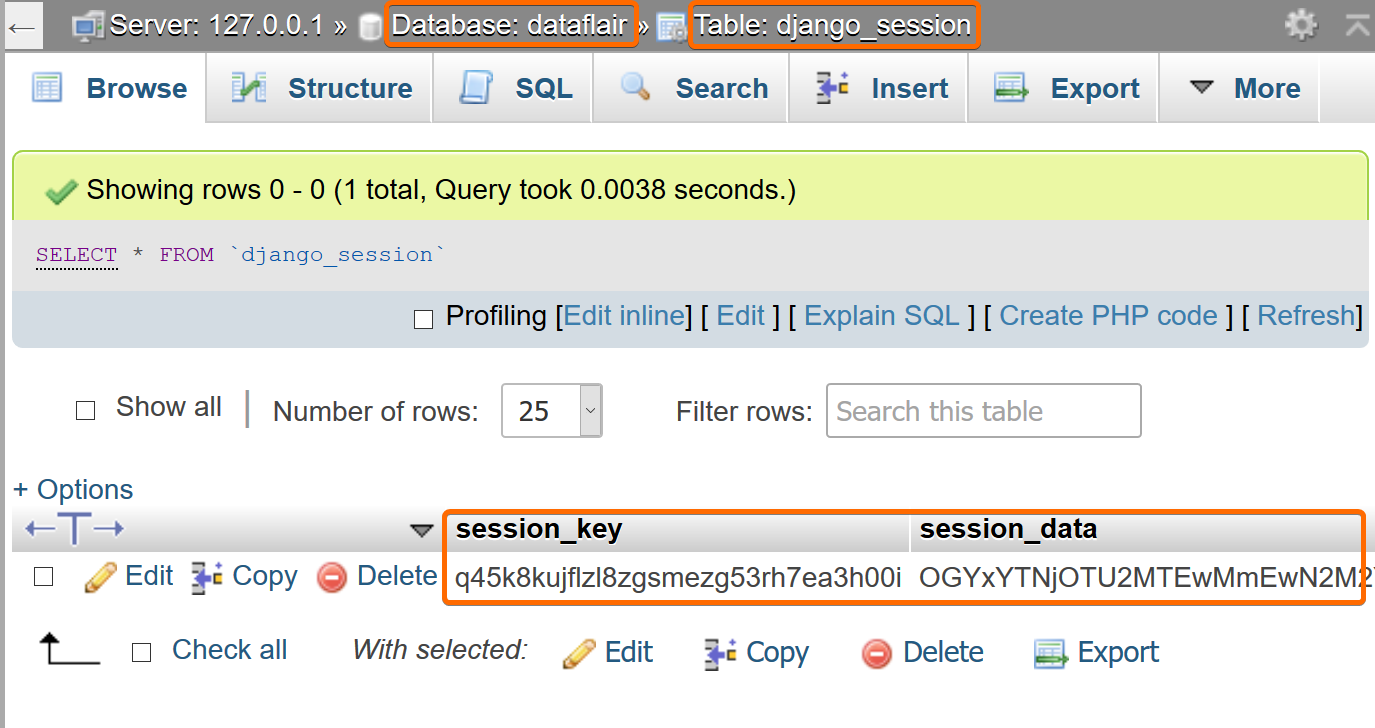

- #BEST RANDOM GENERATOR ALGORITHM ARCHIVE#
- #BEST RANDOM GENERATOR ALGORITHM CODE#
- #BEST RANDOM GENERATOR ALGORITHM PASSWORD#
Surprisingly, it even allows security to be maintained if the adversary also knows the key used to the encode the messages.
#BEST RANDOM GENERATOR ALGORITHM CODE#
Here is the code for this visual comparison.Randomness is vital for computer security, making possible secure encryption that allows people to communicate secretly even if an adversary sees all coded messages. This is totally different from what was obtained 4 years ago in another note, with an unknown environment. In the top half with random points, in the lower half with random intensity on each point.

On a 64b Debian Stretch with PHP 5.6.21, there is no visible difference: So the differences vary with their respective versions. Rand() comes from the libc, and mt_rand() is internal to PHP. Leave them both there so your code will be more portable. NB: it is generally safe to leave both the attempt to read /dev/urandom and the attempt to access CAPICOM in your code, though each will fail silently on the other's platform. redundancy and useless =CRLF by hashing. if we ask for binary data PHP munges it, so we On most Unix/Linux and/or MS-Windows platforms you can get a better grade of pseudorandom bits from the OS or system library, like this:
#BEST RANDOM GENERATOR ALGORITHM PASSWORD#
If you need some pseudorandom bits for security or cryptographic purposes (e.g.g., random IV for block cipher, random salt for password hash) mt_rand() is a poor source. (rand is on the left, mt_rand on the right) infact for a 100x100 pixel image the noise produced from the rand function is much more realistic than how it is for a 400x400 image: The differences reduce when reducing the pixels of the image. I wanted to spot out the big difference between rand and mt_rand when producing images using randomness as noise.įor example this is a comparation between rand and mt_rand on a 400x400 pixel png:
#BEST RANDOM GENERATOR ALGORITHM ARCHIVE#
Getting Started Introduction A simple tutorial Language Reference Basic syntax Types Variables Constants Expressions Operators Control Structures Functions Classes and Objects Namespaces Enumerations Errors Exceptions Fibers Generators Attributes References Explained Predefined Variables Predefined Exceptions Predefined Interfaces and Classes Context options and parameters Supported Protocols and Wrappers Security Introduction General considerations Installed as CGI binary Installed as an Apache module Session Security Filesystem Security Database Security Error Reporting User Submitted Data Hiding PHP Keeping Current Features HTTP authentication with PHP Cookies Sessions Dealing with XForms Handling file uploads Using remote files Connection handling Persistent Database Connections Command line usage Garbage Collection DTrace Dynamic Tracing Function Reference Affecting PHP's Behaviour Audio Formats Manipulation Authentication Services Command Line Specific Extensions Compression and Archive Extensions Cryptography Extensions Database Extensions Date and Time Related Extensions File System Related Extensions Human Language and Character Encoding Support Image Processing and Generation Mail Related Extensions Mathematical Extensions Non-Text MIME Output Process Control Extensions Other Basic Extensions Other Services Search Engine Extensions Server Specific Extensions Session Extensions Text Processing Variable and Type Related Extensions Web Services Windows Only Extensions XML Manipulation GUI Extensions Keyboard Shortcuts ? This help j Next menu item k Previous menu item g p Previous man page g n Next man page G Scroll to bottom g g Scroll to top g h Goto homepage g s Goto search


 0 kommentar(er)
0 kommentar(er)
